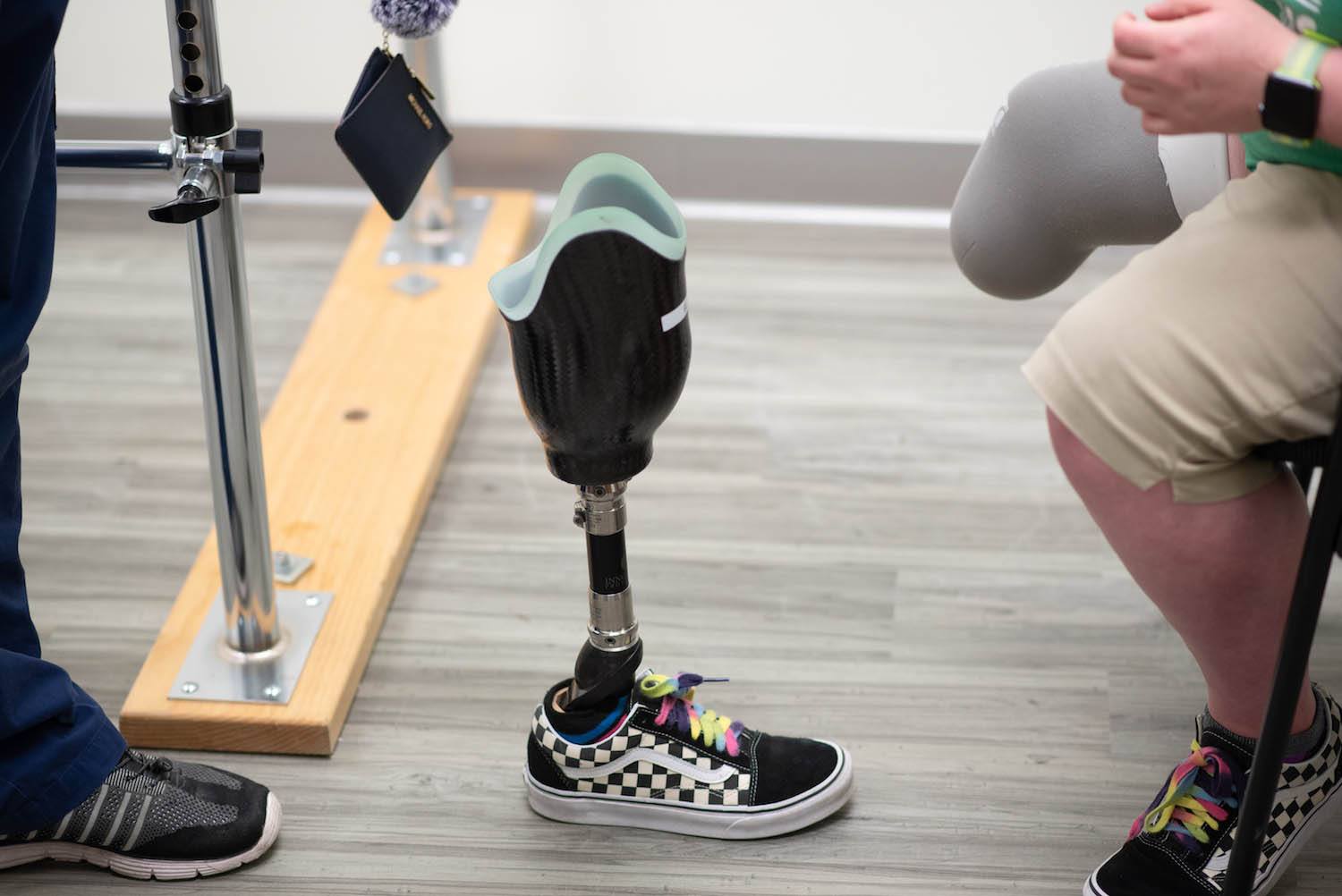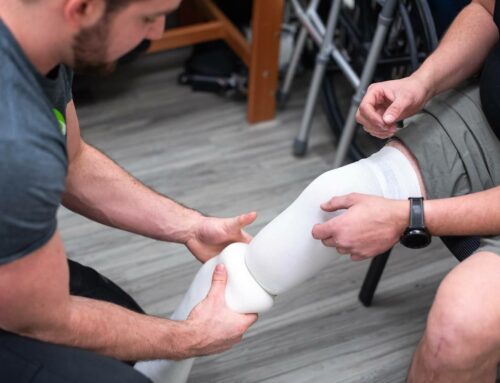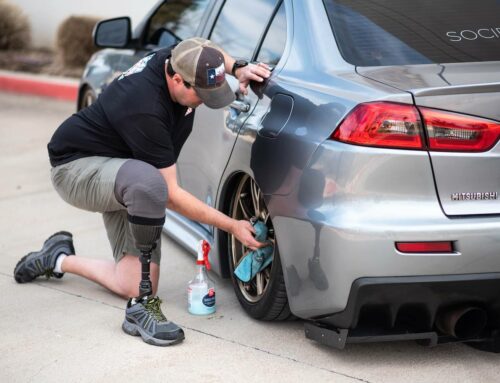
How to Manage Phantom Limb Pain
Phantom limb pain is a common condition for amputees. This is where you feel pain sensations in the part of your limb that is no longer there. An estimated 80% of amputees experience phantom limb sensations and phantom limb pain. If you’re experiencing phantom limb pain, it’s important to talk to your physician about treatments that may relieve phantom limb pain. There are many resources for those who experience phantom limb pain.
What is phantom limb pain?
Many people experience phantom limb pain after amputation surgery. It can feel like burning, itching, twisting, pressure, tingling, or other sensations. These sensations can last anywhere from seconds to days. Fortunately, many people notice that phantom limb pains start to lessen in frequency and duration about six months after amputation surgery.
While the exact cause of phantom limb pain still isn’t quite clear, it is thought that mixed signals in your brain or spinal cord may play a role. Damaged nerve endings may also contribute to phantom limb pain. Physicians believe that after amputation, your brain must re-map signals. For example, if your arm is amputated, then those signals might get re-mapped to your shoulder. Then, when someone touches your shoulder, you may feel sensations in the phantom limb.
What are some common triggers for phantom limb pain?
Many different things may trigger phantom limb pain, and not everyone experiences the same triggers. However, there are some common triggers that many people notice leads to phantom limb pain. Some of these include:
- Touch
- Urination
- Defecation
- Sexual intercourse
- Angina
- Smoking cigarettes
- Barometric pressure changes
- Cold
In some cases, you may be able to avoid some of these triggers to help reduce phantom limb pain. For example, you may want to quit smoking if this is a trigger for phantom limb pain. However, other triggers may not be avoidable. Working with your doctor can help you find strategies that may help reduce or relieve phantom limb pain.
How do doctors treat phantom limb pain?
Unfortunately, many people avoid talking to their doctor about phantom limb pain. In some cases, this may be because they are afraid their doctor will think they’re “crazy.” In other cases, they may assume that there’s nothing to do about phantom limb pain. Both of these concerns are false, and working with your doctor can help you improve your quality of life and reduce phantom limb pain. Treatment for phantom limb pain is different for each person, but there are several things your doctor may recommend.
Medications
In some cases, your doctor may recommend medication to help you manage phantom limb pain. These medications can range from over the counter pain relievers to beta-blockers and muscle relaxants. Medications may help reduce pain sensations. Your doctor may recommend combining medication with non-medication treatments as well to help reduce phantom limb pain.
Wearing Your Prosthesis
Wearing your prosthesis on a regular basis may also help with phantom limb pain. Many people notice that wearing their prosthetic device helps reduce phantom limb pain. One theory is that the constant pressure on your residual limb helps reduce the mixed signals that may cause phantom limb pain. Also, wearing your prosthetic may have a similar effect to mirror box therapy, another common treatment for phantom limb pain.
Mirror Box Therapy
Mirror box therapy is a type of visual therapy that may help reduce phantom limb pain. This treatment uses a mirror to create a visual and psychological illusion that helps your brain see and process painless movement. Using the reflection of your intact limb, you can create an illusion that it is attached to your residual limb. This may help reduce the mixed signals that may cause phantom limb pain.
Massage
Massage is another common treatment for phantom limb pain. Many people notice that having their residual limb massaged can help relieve phantom limb pain. Massage may help soothe your nerve endings and help the muscles in your residual limb relax. Massage therapy can also help reduce swelling and increase circulation in your residual limb. Therefore, many people try massage therapy for phantom limb pain. If you do decide to try massage therapy, be sure to find a licensed massage therapist who has experience with residual limb massage.
Acupuncture
Many people also use acupuncture as a way to treat phantom limb pain. Acupuncture has been used to relieve various types of pain for centuries. Some people who experience phantom limb pain notice immediate pain relief with acupuncture, or even fewer instances of pain with ongoing acupuncture. This option involves inserting small, sterilized needles into your skin at specific points. If you and your doctor decide to try acupuncture, make sure to choose a licensed acupuncturist.
Other Methods
As we’ve mentioned, there are many different treatment options for phantom limb pain, and not all will work for every person. You and your doctor may want to try different methods to ease phantom limb pain and find the treatment plan that is right for you. For example, many people notice that using a shrinker can help reduce phantom limb pain. Also, warm or cold compresses on your residual limb may help relieve pain. Another common strategy is visualizing the limb and using the muscles in that limb, such as stretching or flexing.
When other methods fail, your doctor may recommend using weak electrical currents. For example, transcutaneous electrical nerve stimulation (TENS) therapy transmits a weak electrical current to your nerves from a small device that sticks to your skin. These low voltage electrical impulses may help interrupt pain signals that may be causing phantom limb pain.
At Texas Orthotics & Prosthetics (TOPS), our goal is to provide innovative, compassionate prosthetic care. Our team is here to help you maximize your potential and minimize complications associated with wearing your prosthesis. We are here to offer support and specialized care to help you get the personalized prosthetic experience you deserve. Get in touch to schedule an appointment with our team!





